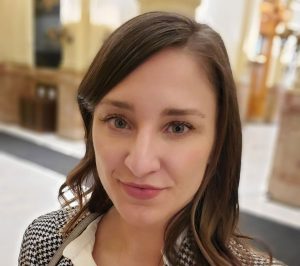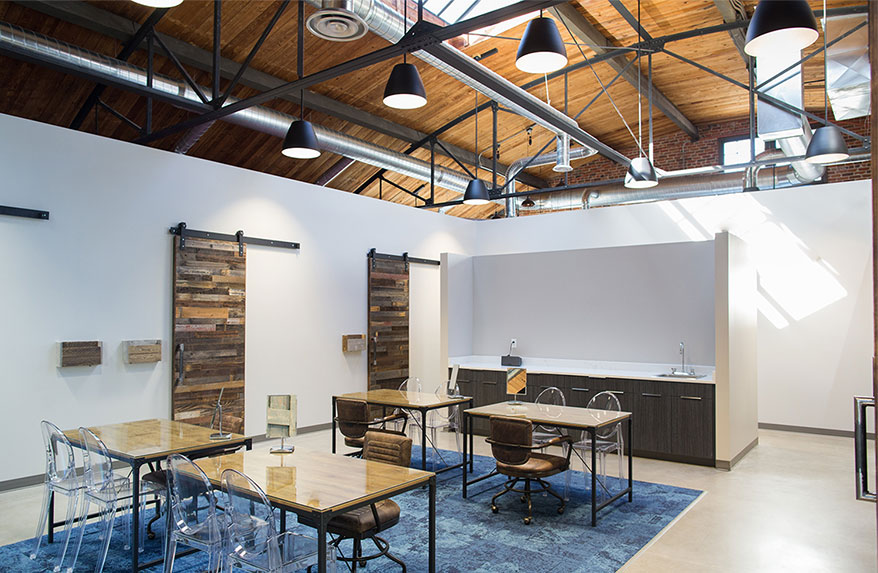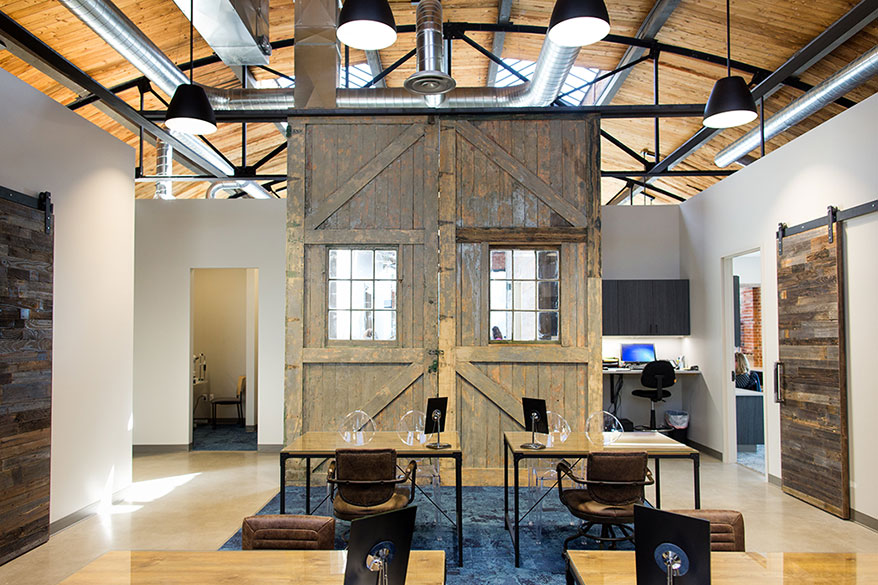
Dr. Sara Whitney
AT SOME POINT every eyecare business owner makes a choice: limit yourself to offering a passable standard of care based on what you assume the public is willing to pay … or make the investment needed to take things to a higher level —and the leap of faith that there are patients out there looking for the best available treatment. Eye Care Center of Colorado Springs is firmly in the second camp. One of the key pillars of its strategy is a top-level specialty therapeutic contact lens practice that draws patients and referrals from as far away as California.
Advertisement
THE IDEA
According to Eye Care Center co-owner Dr. Sara Whitney, “We do not want to tell a patient with a high prescription or difficult ocular condition that they can’t have the best possible vision because it’s too complicated. We appreciate the need for a higher level of care for these patients and we are willing to take the time.” At a certain point they realized that when it came to prescribing, fitting and training patients in contact lenses, upholding that commitment was going to require extra facilities and a rethink of patient flow. So Whitney got on the phone and called up Sara Schroeder at Lake Flato Architects.
Schroeder designed a CL training area that takes advantage of the building’s open architecture and is large enough to accommodate this important sector of the practice. Recalls Whitney, “She listened to our desire to reduce patient travel time from one end of the office to another and placed the CL area centrally with our six exam lanes lining the perimeter of the atrium.”

THE EXECUTION
The CL practice at Eye Care Center consists of three main branches. The first is cosmetic for patients who like wearing contacts, but don’t have a medical necessity. The second is therapeutic contacts, which vision insurance recognizes as medically necessary for conditions such as keratoconus, dry eye, iris defects, or irregular cornea caused by injury or post-refractive ectasia. The third branch is part of the practice’s myopia control program.
Some CL patients are generated in-office as doctors detect the need during routine exams, but many are referred by colleagues and co-managing OMDs. “We have patients who travel for miles and sometimes fly in from other states,” says Whitney, adding that the practice periodically sends out a standard letter to colleagues letting them know it provides these services.
Advertisement
THE REWARDS
Whitney says that while there is “obvious short term financial return” for this level of care, the services are ultimately an investment in the longevity of the practice. “We develop trust with these patients,” she says. “The improvement in vision is enough to change lives, whether we are enabling a father to get his driver’s license and his job back, or helping a parent invest in a child’s future by slowing down a refractive condition that is known to lead to serious ocular disease.”
In addition, the lens fitting and training area itself puts patients at ease, with all the natural sunlight and the space it offers to spread out (something that made the practice’s adjustments for COVID easier — the tables are currently spaced out further than usual so patients feel comfortable and safe). “At least once a day we get compliments,” says Whitney.

Do It Yourself: Set Up A Specialty/Therapeutic CL Practice
- COVER THE BASES. Assemble an arsenal of fit sets. Says Whitney: “Every patient is unique, and there is no one-size-fits-all modality.”
- TOOLS OF THE TRADE. Whitney advises investing in advanced diagnostic equipment like a topographer with compatible fitting software and an anterior segment OCT with corneal lens.
- FINE PRINT. If you accept vision benefits for therapeutic lenses, study your reimbursements ahead of time. “Know your vendors’ remake and warranty policies to avoid getting yourself upside down on a difficult patient with more than one refit.”
- SOUNDS LIKE A PLAN. Create a myopia control program that outlines your treatment plan for the year. “Parents appreciate knowing what they can expect.”
- SPREAD THE WORD. Let your colleagues know you are excited to take care of patients that require more time and follow-up, says Whitney. “Be gracious and thank them for their referrals.”